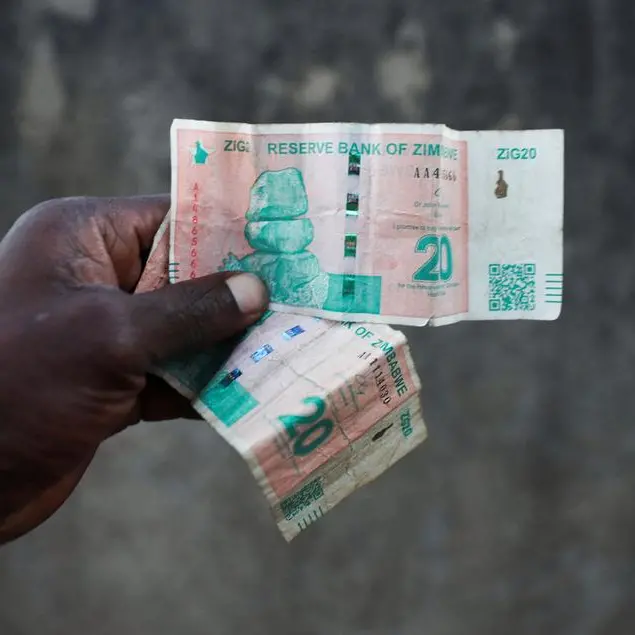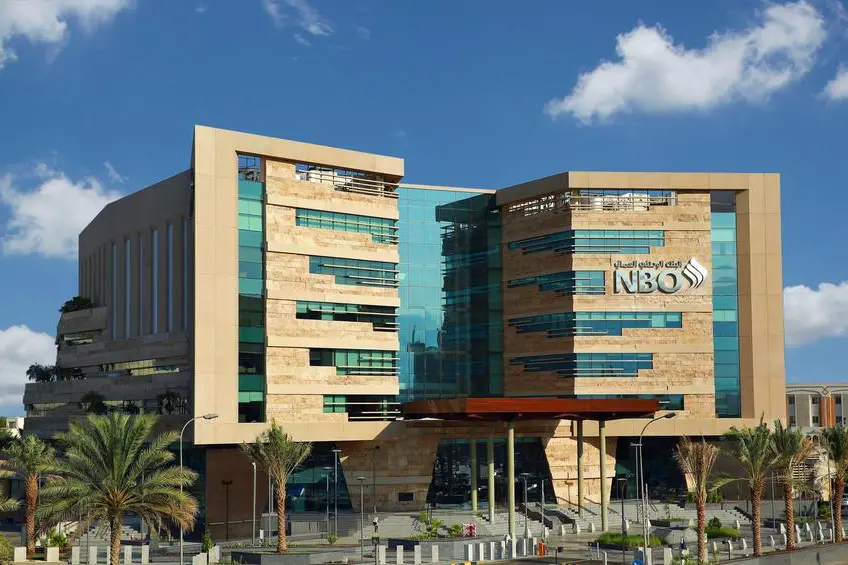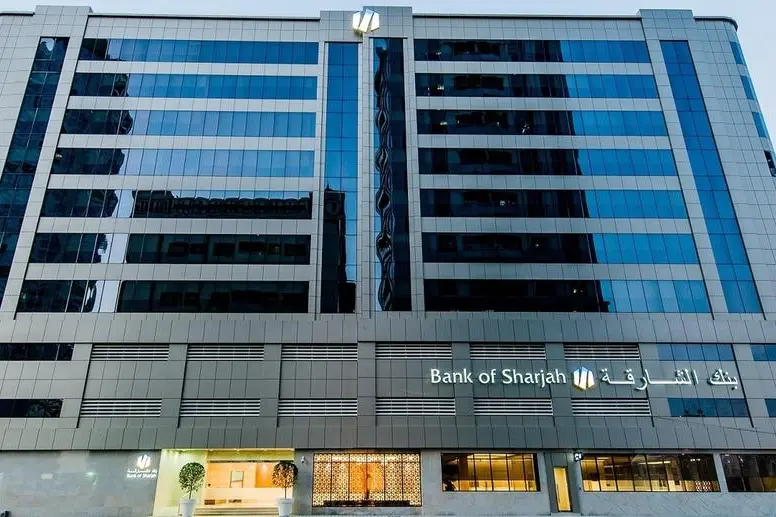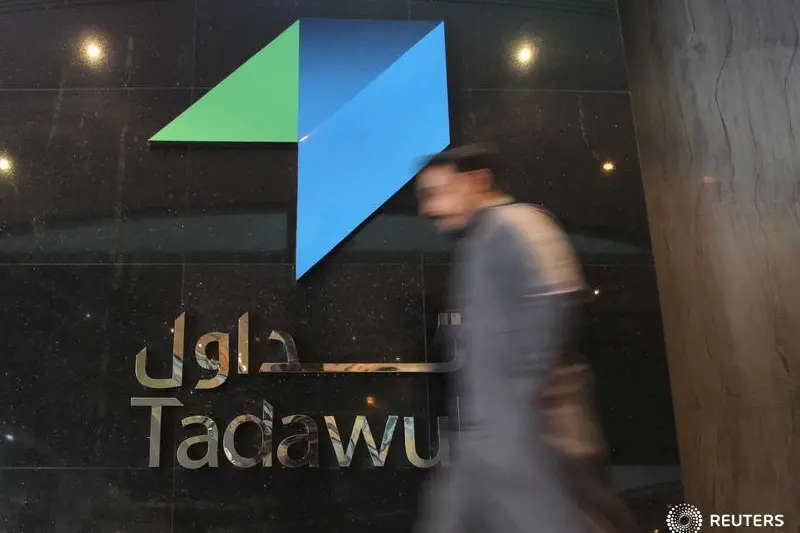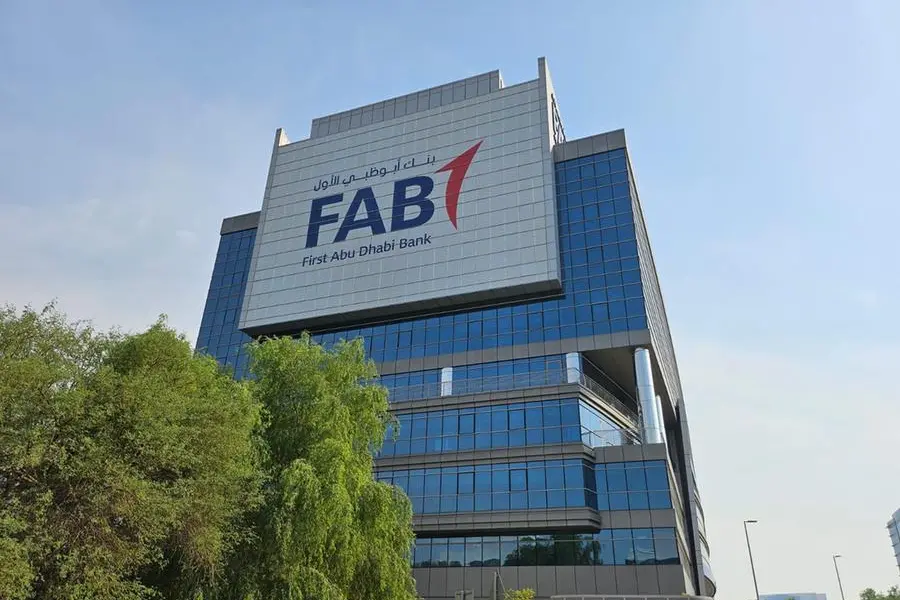PHOTO
Hillbrow and Johannesburg at with the iconic Ponte apartments and Communications tower, seen at sunset from the west. Image used for illustrative purpose Getty Images
Cross-border payments have become a critical pillar in the global economy, facili- tating trade, investment, and personal remittances across borders. As businesses and individuals increasingly rely on international transactions, the demand for faster, more efficient payment solutions has grown exponentially. The rise of e- commerce, globalisation of supply chains, and the need for real-time payments in an interconnected world have driven a shift in expectations.
The payment industry globally has been in perpetual transition, converging from a wide variety of legacy financial message and data formats to ISO 20022. This common, global, end-to-end mes- saging standard is streamlining the finan- cial services industry with its highly struc- tured data exchanges, improved message flows and more accurate compliance processes. Because the ISO 20022 financial messages format features richer data elements and more detailed remittance information, it enables better interoper- ability between FIs, market infrastructures and customers worldwide.
Since its inception in 1973, the Society for Worldwide Interbank Financial Tele- communication, commonly referred to as Swift, has played a critical role in shaping the financial ecosystem, connecting over 11,000 financial institutions in more than 200 countries. Its network has become the global standard for financial messaging, enabling banks, corporates, and market infrastructures to exchange payment in- structions and financial information se- curely and efficiently.
The adoption of ISO 20022 is a corner- stone of Swift’s mission to facilitate instant, frictionless transactions, transforming the payment experience for end-customers. As Martina Luhandjula, regional account manager at Swift, explains, “by adopting a common language that enhances data quality and richness, ISO 20022 provides more detailed payment information and greater transparency, resulting in fewer errors and delays.” This shift not only drives the industry towards greater digitisation but also boosts operational efficiency and improves straight-through processing (STP) rates, benefiting both domestic and cross-border transactions.
One of the key benefits of ISO 20022 is the enhanced data quality and richness it offers. According to Luhandjula, “ISO 20022 allows for the inclusion of detailed and structured information in payment mes- sages, such as invoice numbers, payment terms, and transaction references.” This richer data structure reduces ambigu- ity in transactions and helps ensure that all necessary details are communicated accurately. For example, when making a payment for an invoice, the ISO 20022 message can include comprehensive details like the invoice number and due date, making it easier for the recipient to reconcile the payment with the correct invoice. This improves the accuracy of fi- nancial records and reduces administra- tive overhead.
Another major advantage of ISO 20022 is the frictionless payment experience it enables through more efficient process- ing and automation. “The improved data quality and standardisation offered by ISO 20022 support higher automation levels and better integration within payment systems,” says Luhandjula. This leads to greater operational efficiency, with fewer manual interventions and faster transac- tion processing. Payments are processed more smoothly and quickly, which results in quicker availability of funds and faster confirmation of payments, significantly en- hancing the overall customer experience.
ISO 20022 represents a transformative shift in financial messaging, offering a new global standard for data communication that addresses the growing demand for enriched, structured data. According to Sandrine Marionvalle-Jaines, relationship manager (Europe, Middle East and Africa) at StoneX Technology Services, the adop- tion of this standard is a “game changer” that enhances both interoperability and transparency in domestic and cross- border payments. ISO 20022 provides an opportunity to exchange more granular, detailed data, improving processes such as fraud detection, reconciliation, and au- tomation. This shift reduces manual inter- vention, speeds up payment processing, and ultimately lowers operating costs.
A key benefit of ISO 20022 is its potential to improve the speed of payments by en- hancing automation. Marionvalle-Jaines points out that up to 10% of payments cur- rently require manual intervention due to poor data quality, causing delays and inefficiencies. With ISO 20022, “processing efficiencies will result from increased au- tomation, fewer rejections, and improved reconciliations”, ensuring that transactions are completed faster and with fewer errors. The structured format also makes compli- ance processes more efficient, allowing for better identification of risks and estimated to reduce false positives in areas like sanc- tions screening by as much as 25-30% once fully adopted.
In addition to operational improve- ments, ISO 20022 empowers financial in- stitutions with richer customer insights. The more structured and detailed data helps organisations understand customer be- haviour and trends more deeply, enabling them to offer more tailored services. As Marionvalle-Jaines notes, “ISO 20022 will be opening the door to innovation opportuni- ties of a different scale”, as institutions lev- erage this powerful data to create targeted solutions that meet specific client needs. Though the transition to ISO 20022 requires significant preparation, including system upgrades or translators, the enriched data will unlock numerous benefits, from reduc- ing payment failures to enhancing the overall customer experience.
StoneX is a significant user of Swift, leveraging its tools to facilitate seamless communication with its correspondent banking network, clients, and partners. In 2017, StoneX became the first non-bank member of Swift’s Global Payments In- novation (GPI) initiative, which has since become a key tool for tracking payments. Using the tools available in Swift’s Service Bureau, StoneX supported financial institu- tions to upgrade their payment architec- ture and significantly improve tracking ca- pabilities and transparency. “By using our network of correspondent banks in Africa, we inject these efficiencies into the system, ensuring that our clients benefit from faster settlement times and greater visibility into the status of their transactions. This level of service is essential in a region where payment infrastructure can often be less developed,” explains Emily Corfield, head of financial institutions (EMEA) at StoneX.
For over 35 years, StoneX has been a trusted partner for clients making pay- ments into African markets, helping them navigate the complexities of foreign ex- change controls and documentation re- quirements. StoneX has, in the words of Corfield “developed a solution that takes the headache out of cross-border trans-actions”, ensuring that funds are moved seamlessly and reliably into African ju- risdictions. Whether supporting invest- ment projects, commercial ventures, or the growing number of foreign embassies, Corfield says StoneX offers transparency, speed, and efficiency.
Ultimately, however, it is customers who stand to benefit the most from ISO 20022 and Rajendra Mhalsekar, chief technol- ogy officer, wholesale at Access Bank Plc believes this will be the case with its full implementation. Access Bank is one of Stone X’s key partners on the continent and is in collaboration on an infrastruc- ture enhancement project with real-time replication. The bank currently supports MT and MX ISO messaging and is looking at how to utilise the “richer data provided by ISO formats to further enhance our opera- tions”, according to Rajendra.
The implementation of ISO 20022 is a key part of the bank’s growth strategy, Rajendra says, and it moved early to in- tegrate it into its operations, forming a dedicated project team to focus solely on this initiative. The team’s mission was to ensure a smooth transition to the new standard, helping the bank stay ahead of customer expectations. “We understood that the shift to ISO 20022 wasn’t just about compliance – it’s about setting the stage for our future in a rapidly evolving financial landscape,” says Rajendra.
Collaboration with tech-focused organisations like StoneX to leverage ad- vanced tools and technology is integral to the bank’s strategy. “It allows us to max- imise the use of cutting-edge technology, delivering superior customer service and staying ahead of the competition,” Rajen- dra explains. With the rise of digital pay- ments and customers’ increasing desire for speed and reliability, partnerships like this and the application of cutting-edge tools such as Swift GPI offer banks a way to meet customer expectations.
While Rajendra concedes that the frag- mentation in adoption by various financial institutions poses a challenge, he believes that full implementation will bring several benefits to banks and customers. With faster processing and less manual inter- ventions, customers will experience faster transactions, personalised services and lower costs. “From a regulatory standpoint, having access to more structured data will enable banks to meet compliance requirements more effectively, providing mandated evidence with greater ease,” Rajendra adds.
As African economies become more integrated into the global economy and with each other, electronic payments and the improvements promised by ISO 20022 will become even more critical. “We’re simplifying how financial institutions de- liver Swift’s benefits to end customers and introducing new connectivity options through APIs and cloud technologies. Ad- ditionally, we’re innovating in interoper- ability, leveraging AI, CBDCs, and digital assets, and ensuring seamless integration across global networks and technologies,” Luhandjula signals. This will be good news for financial institutions and their custom- ers, as Rajendra indicates. “Speed and reliability are top priorities for many cus- tomers, and technology will enable us to improve these aspects,” he notes.
© Copyright IC Publications 2022 Provided by SyndiGate Media Inc. (Syndigate.info).

